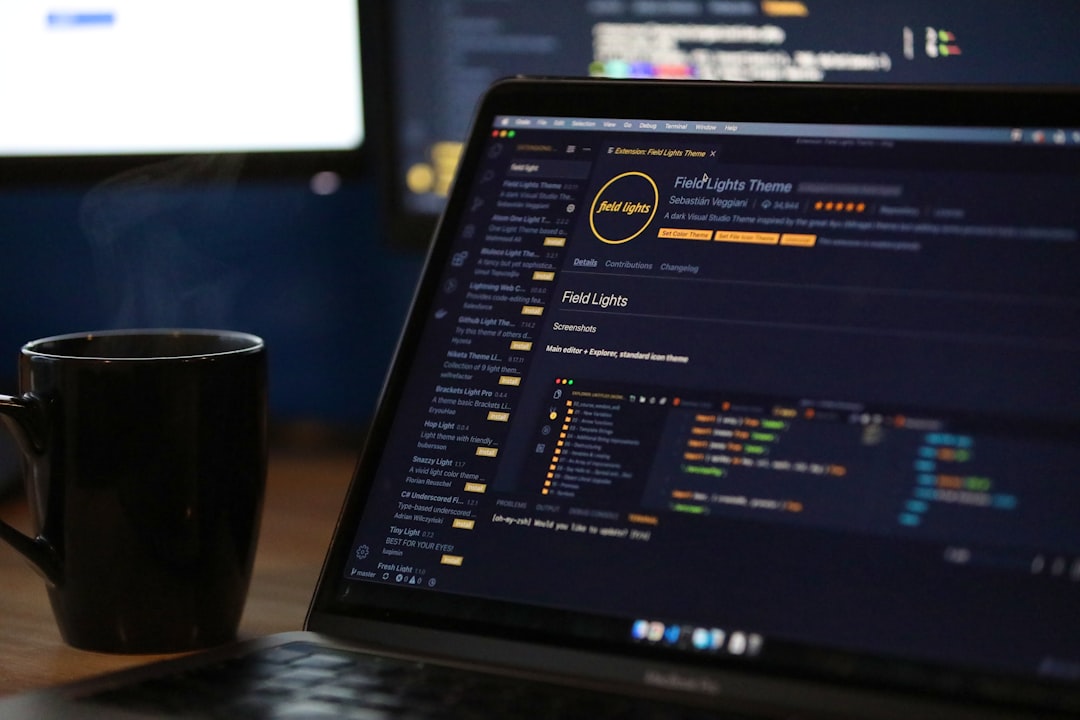
In the first half of 2018, the consumption of maize for animal feed reached 8.60 million tonnes, more than 70% of total Indonesian maize consumption in that period. From 2009 to 2018, maize consumption for animal feed grew every year by 477,780 tonnes. Despite the implementation of a free hybrid maize seeds program, known as UPSUS (Upaya Khusus / Special Effort), domestic maize production only increased by 294,440 tonnes per year. These circumstances contributed to high maize prices in Indonesia, which reached more than twice the international market price in August 2018.
High maize prices impact animal feed producers because they use maize as a raw material. High prices also impact land animal farmers who must pay a high price to feed their animals. In turn, high maize prices also contribute to increases in the price of chicken eggs, chicken meat, and beef, which affects the 21 million farming and 35 million non-farming households that are net
maize consumers.
The implementation of ministerial regulations MOA 57/2015 and MOT 21/2018 has aggravated the problem as they contradict each other when specifying who is authorized to import maize and what documents are required by legal importers. Both regulations impose long procedure for obtaining import license, which can take up to 53 working days to complete. As the result, imports are unable to lower maize prices in Indonesia.



